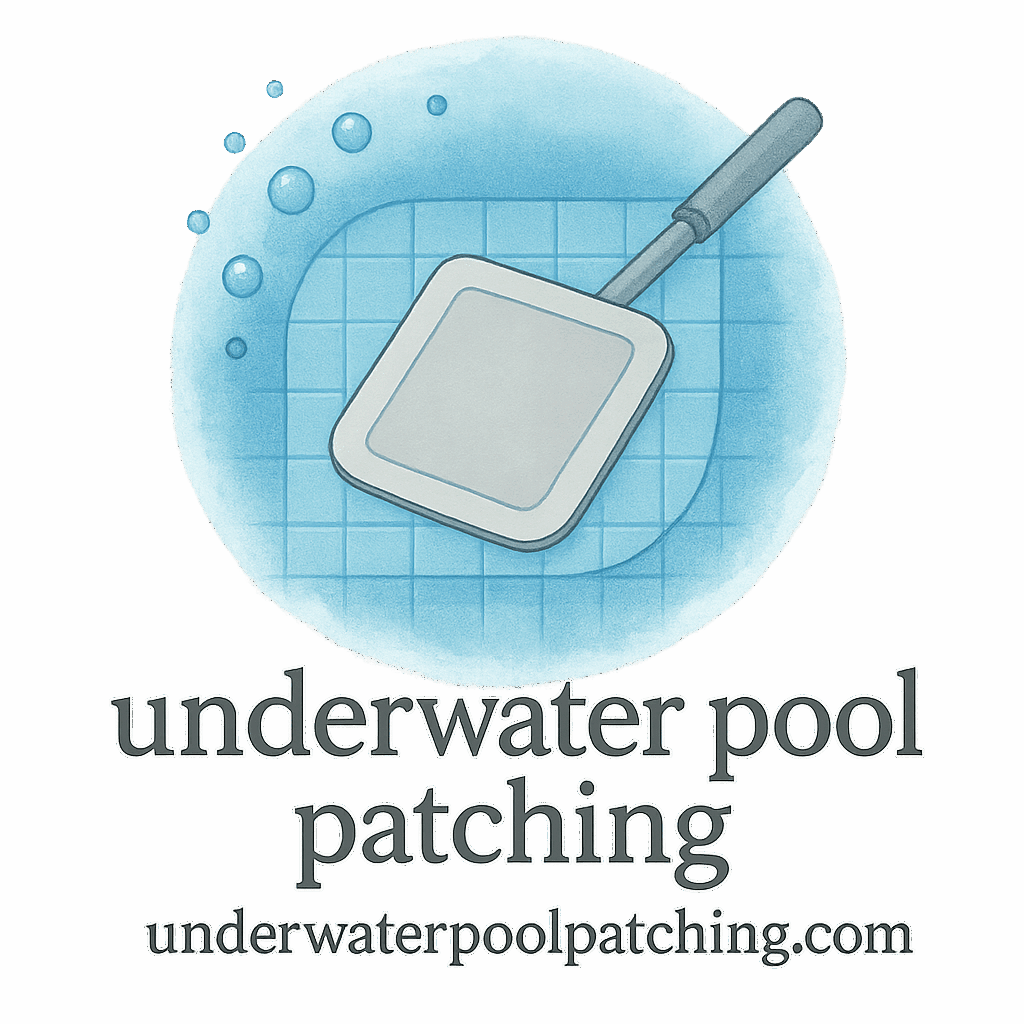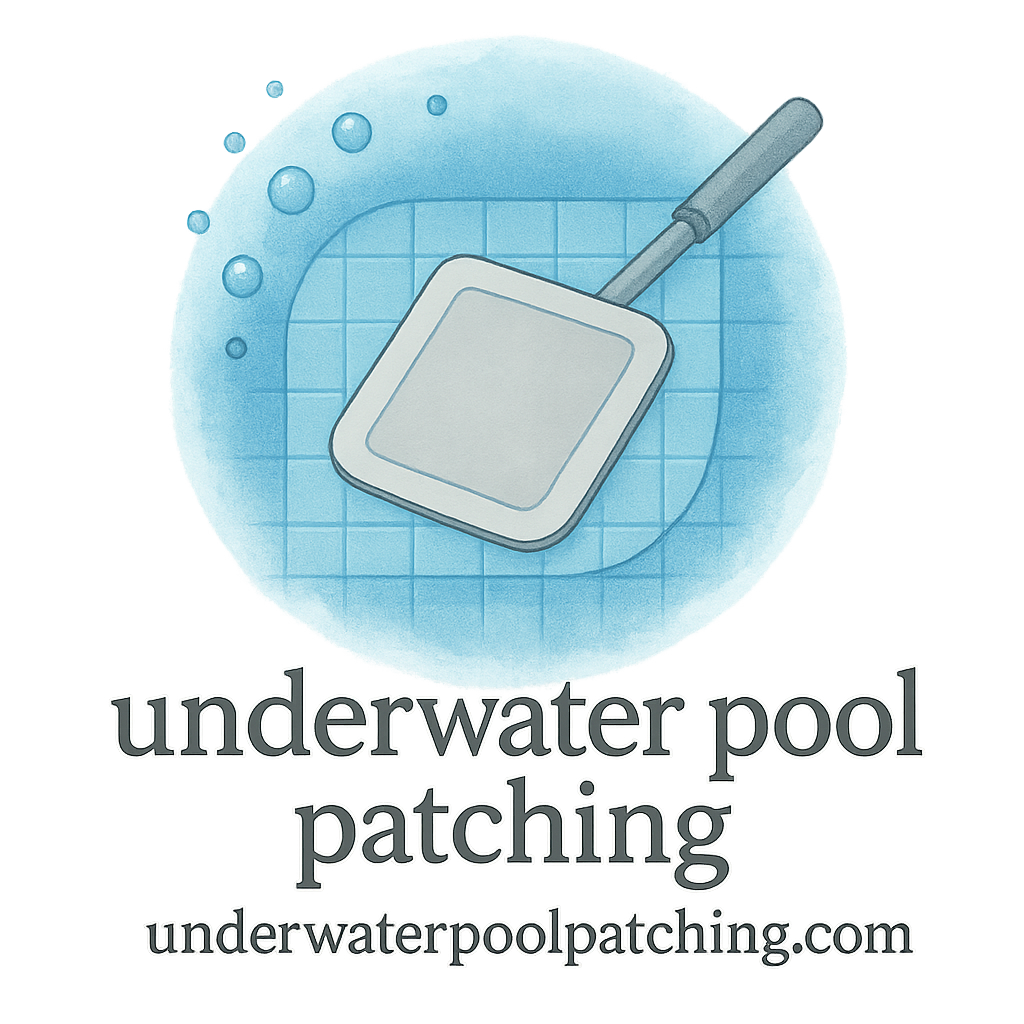Introduction
Have you ever thought, “It’s just a small crack, I’ll deal with it later”? If you own a pool, that thought can end up costing you thousands. Ignoring application tips for pools—whether it’s how you apply a patch, smooth an edge, or balance your chemicals—can have financial consequences you don’t see coming. Think of it like skipping oil changes in your car. Sure, it runs fine for a while, but sooner or later, you’re left with a massive repair bill.
In this article, we’ll dive into the 12 hidden costs of ignoring application tips for pools. From leaks and wasted chemicals to reduced property value, these overlooked details can eat into your budget. But don’t worry—we’ll also cover how to avoid them with proper inspection, patching techniques, and smart maintenance.
Why Application Tips for Pools Matter
The Basics of Pool Application Techniques
Pool patching and repairs aren’t just about slapping on some material and hoping for the best. The way you apply a patch—using the right adhesive, smoothing edges, and applying underwater properly—determines how long that repair lasts. Done wrong, it won’t hold, leading to repeat jobs, wasted time, and mounting costs.
The Role of Proper Maintenance and Prevention
Pools are high-maintenance by nature. Ignoring small things like edge finishing, routine checks, or proper chemical application means you’re setting the stage for bigger, more expensive problems. That’s why maintenance and prevention are just as important as the repair itself. (See more at maintenance and prevention).
Hidden Cost #1: Frequent Pool Leaks
How Small Cracks Escalate
A tiny leak might seem harmless, but water escaping from your pool can undermine the surrounding soil, compromise the pool’s structure, and widen cracks. It’s like a small hole in your roof—it always gets bigger if left untreated.
Leak Detection and Repair Costs
Leak detection isn’t cheap. Professional services can run into hundreds, if not thousands, of dollars. If you’d followed proper application tips, you could have sealed it right the first time. Learn more about leak detection.
Hidden Cost #2: Skyrocketing Water Bills
Every gallon that seeps out of your pool needs to be replaced. If you’re losing even a small trickle daily, your water bills can shoot up over the course of a season. That’s money literally down the drain because of poor patch application.
Hidden Cost #3: Wasted Pool Chemicals
Chemical Imbalances from Poor Application
When water leaks, so do your expensive chemicals. Imagine refilling your fridge every day because of a hidden hole. Pool chemicals like chlorine and stabilizers don’t come cheap, and leaks make them useless.
Replacement and Overuse Costs
The bigger issue? To compensate for unstable chemical levels, you’ll end up overusing products. That means wasted money and more frequent trips to the store.

Hidden Cost #4: Shortened Patch Life
Improper application almost guarantees a patch won’t last long. You’ll be stuck redoing the same repair again and again, each time spending money on new materials. Proper patching techniques (see patching techniques) can add years to your pool’s life.
Hidden Cost #5: Higher Repair Costs Down the Line
Emergency Fixes vs Planned Maintenance
Ignoring application tips usually means you’ll be forced into emergency repairs later. Emergency fixes are always more expensive than planned maintenance. Think of it like calling a plumber at 2 a.m.—you’ll pay a premium because you didn’t handle the problem earlier.
Hidden Cost #6: Safety Risks and Liability
Poorly applied patches or ignored cracks can create sharp edges, slippery spots, or even structural failures. That’s not just unsafe for swimmers—it’s a liability issue. Imagine a guest cutting their foot on your pool’s unfinished patch. Suddenly, you’re not just looking at repair costs but potential legal bills.
Hidden Cost #7: Structural Pool Damage
Pressure Test Failures
When leaks go unchecked, the pool’s structure weakens. Pressure tests, used to diagnose these issues, can reveal extensive damage that costs thousands to fix.
Edge Finish and Smoothing Problems
Bad application often leads to rough edges or uneven surfaces. Over time, this isn’t just ugly—it can compromise the pool’s finish and lead to further cracks. (Check out edge finish tips).
Hidden Cost #8: Equipment Strain and Damage
Your pool’s pump, filter, and heater work harder when water levels fluctuate from leaks. That extra strain shortens their lifespan. Equipment replacement is one of the most expensive hidden costs of pool ownership, and poor patching just accelerates it.
Hidden Cost #9: Reduced Pool Lifespan
Neglecting application tips can cut years off your pool’s life. Instead of enjoying your pool for decades, you may be forced into a costly renovation or even full replacement much earlier than expected.
Hidden Cost #10: Health Hazards from Contaminated Water
Leaky or improperly sealed pools can lead to unbalanced chemicals, algae blooms, and bacterial growth. Not only is this dangerous for swimmers, but it also means more spending on treatments and cleaning.
Hidden Cost #11: Loss of Property Value
A pool is supposed to boost your home’s value. But a poorly maintained, cracked, or leaking pool does the opposite. Future buyers see it as a money pit, and your property value takes a hit.
Hidden Cost #12: Missed Cost-Saving Opportunities
Budgeting and Cost Control Tips
By ignoring application tips, you’re missing out on chances to save. Smart budgeting and planned maintenance (see cost budgeting) can keep your pool in great shape without breaking the bank. Following proven repair techniques (repair techniques) and choosing the right materials are key to long-term savings.
How to Avoid These Hidden Costs
Inspection and Diagnosis
Start with regular pool inspections (inspection and diagnosis). Routine checks catch problems before they spiral into big expenses.
Choosing the Right Patch Types and Materials
Not all patches are created equal. Using the wrong material in the wrong situation guarantees failure. Explore different patch types and materials to find the best fit for your pool.
Following Reliable Repair Techniques
DIY is fine—as long as you follow proven methods. Following the wrong application technique wastes money. Use expert-backed repair techniques to get it right the first time.
Final Thoughts
Ignoring application tips for pools is like trying to save money by skipping car maintenance—it always costs more in the long run. From leaks and wasted chemicals to major structural repairs, the hidden costs stack up quickly. The good news? By applying the right techniques, using quality materials, and sticking to a consistent maintenance plan, you can save money, extend your pool’s life, and enjoy worry-free swims.
FAQs
1. What’s the most common hidden cost of ignoring application tips for pools?
The most common is frequent leaks, which lead to water loss, chemical waste, and structural damage.
2. Can I patch my pool myself to avoid these costs?
Yes, DIY is possible, but only if you follow proper patching techniques. Skipping steps usually leads to redoing the work.
3. How often should I inspect my pool for issues?
At least once every season, but ideally more often. Regular routine checks help prevent hidden costs.
4. Are certain patch materials better than others?
Yes, materials like epoxy patches are longer lasting. See more at patch types and materials.
5. How do poor application tips affect pool equipment?
Leaks strain pumps and filters, leading to premature equipment failure and costly replacements.
6. Does ignoring small cracks really impact property value?
Absolutely. A neglected pool signals “money pit” to potential buyers, reducing your home’s resale value.
7. What’s the best way to save money on pool repairs?
Plan ahead with cost-saving strategies, choose the right materials, and never ignore application tips.


